Home / Educational / Classification of Controlled Substances & Why it’s Important

Chelsea
Customer Success Specialist
Controlled substances are categorized into 5 classes or schedules. Each schedule defines their medical value and their potential for abuse. Both the Drug Enforcement Agency (DEA) and the Food and Drug Administration (FDA) are granted power to classify substances under the Controlled Substances Act (CSA).
What are the Controlled Substances Schedule Categories?
Schedule I controlled substances have no medically accepted use in the United States and a lack of accepted safety. They also have a high potential for abuse. Some common examples of this are LSD, or heroin.
Schedule II controlled substances have a high potential for abuse and may lead to physical or psychological dependence. Examples of this are Fentanyl, Morphine, Hydromorphone, and Euthasol.
Schedule III controlled substances have a lower potential for abuse than Schedule I and II drugs. They do have the potential for physical and psychological abuse. Examples of this are Ketamine, and Buprenorphine.
Schedule IV controlled substances have a lower potential for abuse than Schedule III. Some examples of this are Butorphanol, Midazolam, and Diazepam.
Schedule V controlled substances are drugs with a lower potential for abuse than schedule 4 substances. These are commonly used for analgesic or antitussive purposes.
Why is this important to know?
Knowing the classification of controlled substances is an important step in understanding the DEA requirements for controlled drugs. Listed below are ways you can stay compliant.
DEA Registration: In order to prescribe controlled substances for medical use, physicians, nurse practitioners, veterinarians etc must apply for a DEA registration number.
Storage: Controlled substances must be stored properly and only accessible to those who have permission. Make sure to view your specific state’s guidelines when storing your controlled drugs. You can find those resources in one of our earlier blogs https://vetsnap.com/blogs/states-laws-controlled-substances.html
Disposal: It is important that you do not discard your controlled waste in the trash or down the drain.
Records and Documentation: A detailed log must be kept to record the use of your controlled substances. Documentation is a very important part in staying compliant. The DEA at any point can request your drug log or prescription log. Documentation can be very overwhelming and it’s hard to know if you are up to the DEA standards for your state. VetSnap is a great tool in helping keep your practice compliant when it comes to controlled logging. VetSnap is compliant with record-keeping requirements in all 50 states.
These are just a few of the many ways you can help keep your practice compliant. Ask yourself how you are storing your drugs, disposing of them, and how your documentation is going.

